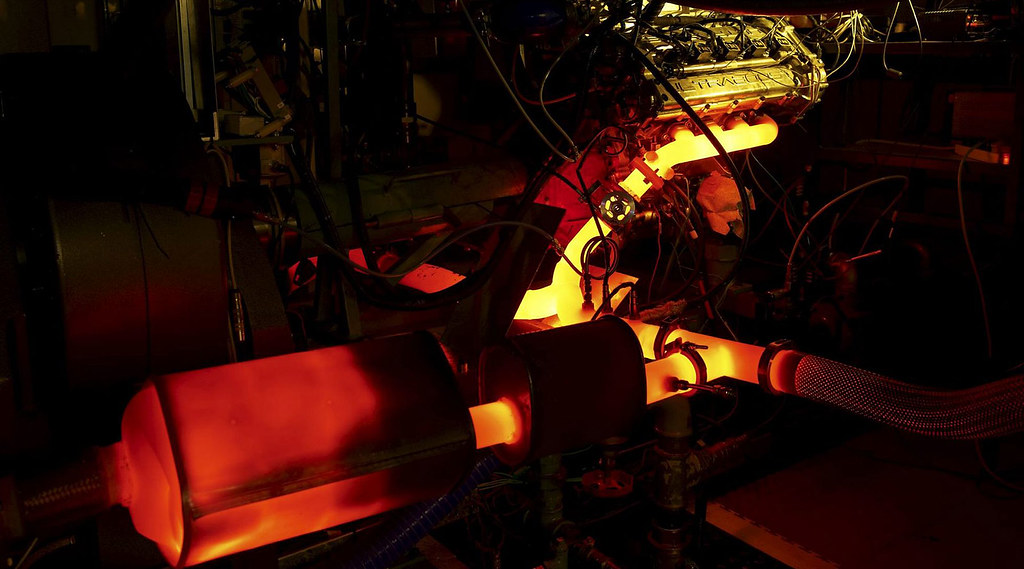Passenger cars emit over 72 million tonnes of CO2 into the environment every year in the UK.
Immediate action is needed to address the emissions they generate by the UK carbon target deadline of 2020.
Fossil fuel alternatives are being explored, but they won't be ready to contribute to 2020 targets. So looking at ways to improve existing fossil fuel burning vehicle engines is essential.
Working with Ford, Jaguar Land Rover and Cummins Turbo Technologies, our engineers are working to reduce the carbon footprint of passenger vehicles.
Low carbon turbocharged engines
The University has developed a new £800,000 Turbo Centre focused on the development of low carbon turbocharged engines.
The Centre’s work aims to improve:
- the way turbo-charged engine systems are evaluated
- the simulation tools we use
This work is core to the development of technologies aimed at downsizing both petrol and diesel engines, allowing reduced fuel consumption while still giving the performance of a large engine.
Turbocharging can help the environment
Historically, turbocharging has been used to get extra power from the engine, but now there is an increased focus on fuel economy. This is done by using a smaller engine, which works harder than a large engine would at part load, driving around town - giving better fuel efficiency.
When extra power is needed, such as when overtaking, the turbocharger delivers more air to the engine, burning more fuel, and generating more power.
The behaviour of a turbocharger when coupled to an internal combustion engine is highly complex. Adding to the further complexity of modelling, the way an engine (with its turbocharger) is used in real life makes this a very demanding problem to:
- understand what's going on
- build a simulation tool that can give some insight
High fidelity simulation tools aid understanding
Using this knowledge, the project team were able to build high-fidelity simulation tools able to respond in a realistic manner when exercised over real-world driving situations.
These simulations are informing future turbo-charged engine design, and should lead to a better package for the end users of the vehicle in terms of fuel economy and efficiency.
REF submission
This research was part of our REF 2014 submission for Aeronautical, Mechanical, Chemical and Manufacturing Engineering.
